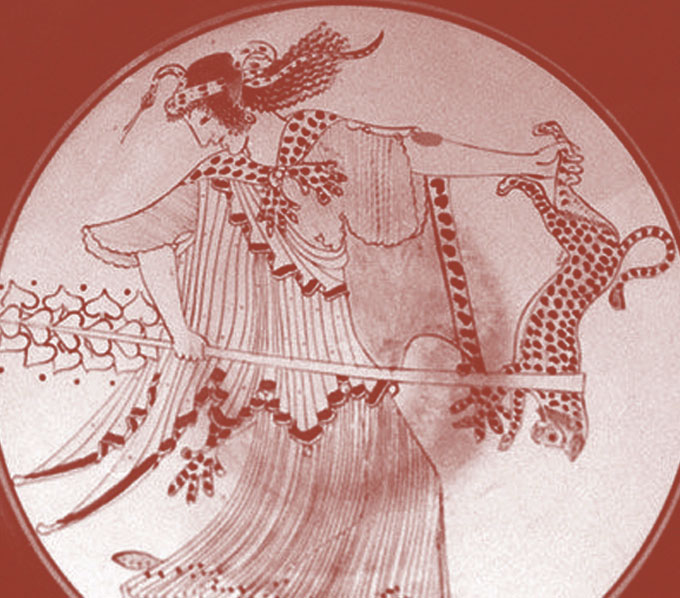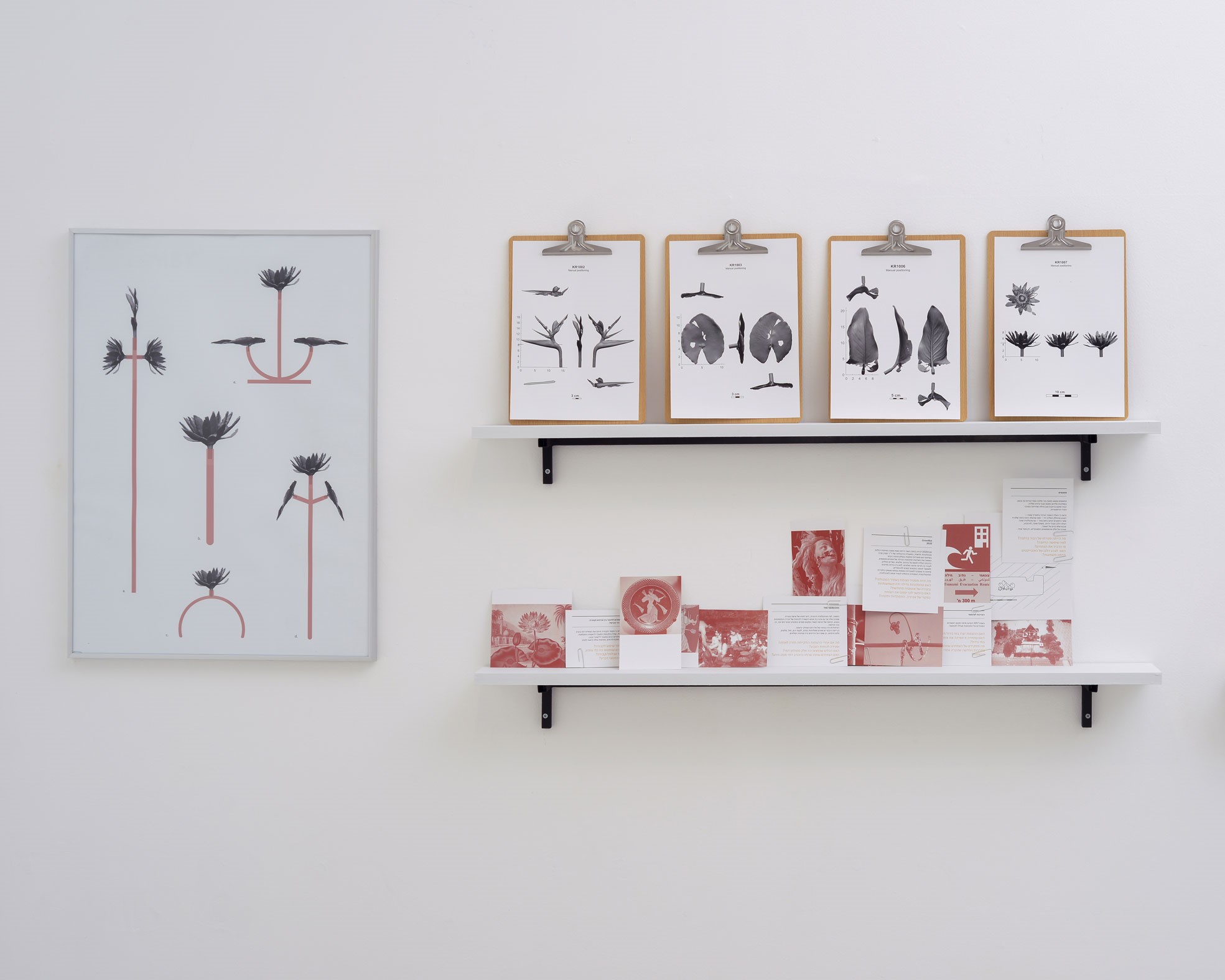Immigrants
A lichen scanned in 3d in Japan arrived in Israel with us(in collaboration with Ori Ben Zvi).
Lichens are a symbiotic partnership of two separate organisms, a fungus and an alga. In this unique association, the fungus provides the housing that supports the algae and/or cyanobacteria. In return, the algae photosynthesize and provide the fungus with essential sugars. They are very sensitive to their environment, reacting both to the type of forest they inhabit and the quality of the surrounding air and water.
Lichen grows slower than what we are able to experience therefore using digital media triggered us to give it a new life cycle and growth patterns. In nature Lichen cling on tree bark and rocks, they are common In Japan woods as in many other places and together with moss form an enchanting atmosphere.
The bench presents a still moment of growth and contemplation.
We formed a hybrid of local Cupressus with a traditional Japanese technique called Shou Sugi-Ban which uses fire to sill the tree from moisture.
On the burnt bench we projected a digital fast growing lichen. This new form of existence enabled the lichen to “survive” over time without sun or nourishment. As such it migrates and invades new places appearing as a hybrid digital lichen that continues to evolve in the course of the exhibition upon the charred wood that supports it,
......................................................................................................
2020
Commissioned by: The Tel Aviv Crafts and Design Biennale, Eretz Israel Museum
Collaborator: Ori Ben Zvi

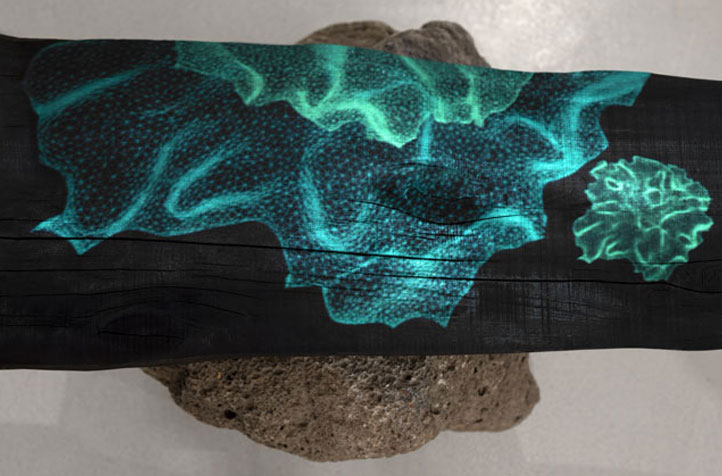


Thorn
In recent years we see a growing ability to engineer plants according to our needs; it can be esthetic qualities like color and shape or even functionality like fridge fit size, better shelf life or less hair for a clean smile.The human centered approach reflected by these design interventions reshaped the last decade of consumption systems and products, today we ought to look beyond humans into a wider context of environmental systems.
This case study looks at wild thorn flowers. When summer begins, thorn flowers are hardening their leaf structure to form spikes which physically deter animals, and ensure their survival during the extreme summer conditions. Among Israel local vegetation they have excelled their survival abilities- from ancient periods till today most of the species we see remained the same. Though they play an important role in the local ecosystem, from a human perspective they are a nuisance- they sting and accelerate summer bush fires.
What may be the evolution of thorn flowers in a hipper human centered environment? Together with designer Yuri Movshovich we’ve created a speculative series of thorn flowers questioning the way we are choosing to reshape nature.
What can we learn from them? (qualities to keep) and what will we desire to change? Should thorns be more empathic? or will they disappear from our envisioned future landscapes?
The proposed structures use the core morphology of thorn while suggesting several ways to reflect on co living with thorns- softening edges, connecting edges to form protective cages sheltering the flower reproduction organs and looping edges to create rounded morphologies while keeping stings in strategic areas.
...................................................................................
2019
Supported by: Su-Pad, printed in Stratasys @Vero White
Commissioned by: Jerusalem Biennale
Collaborator: Yuri Movshovich
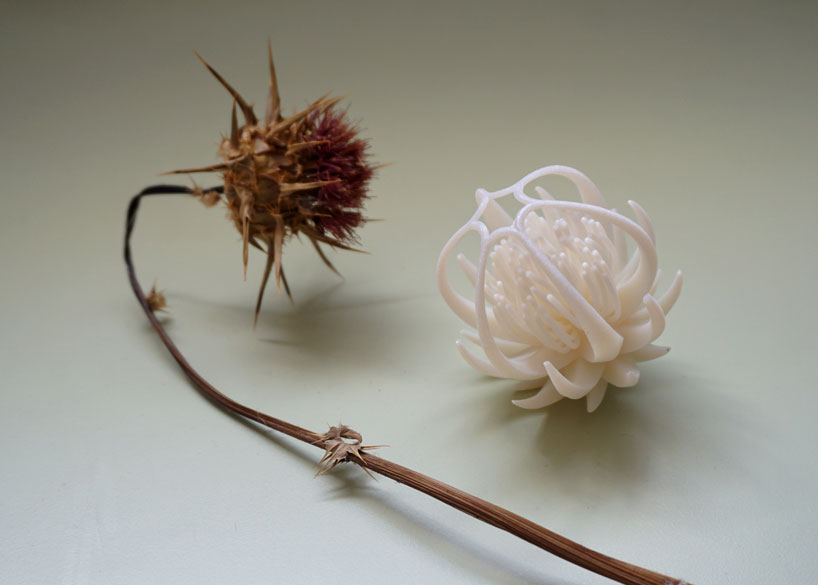
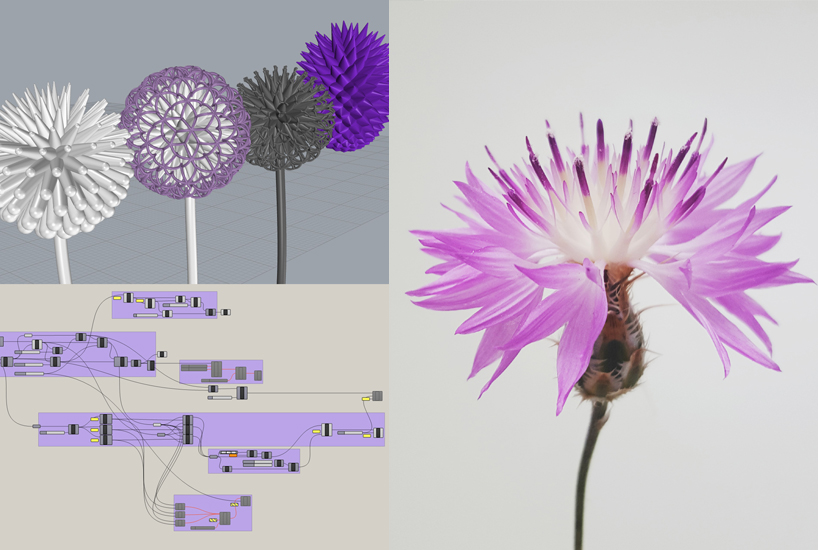


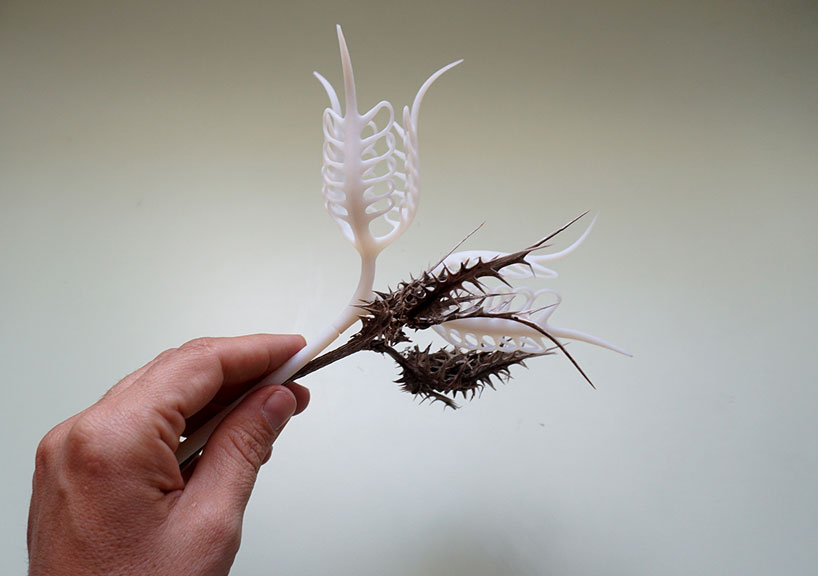
Digital Landscapes
Wall mounted tiles and tableware presenting digital landscapes as future floral narrative. Tableware and other houseware have been tools for storytelling and heritage of cultural symbols, values and
beliefs. Landscapes and floral motives have been subjects for their décor and ornament since ancient times. They expressed the desire to bring nature home and celebrate wealth and wellbeing.
How our future past will look like? What new traditions will emerge?
Together with designer Renana Ir Shai we use optic 3d scan to create digital “epidermis”, an outer digital layer of scanned plants, enabling us a microscopic tour inside the 3d space and structure.
Default 3d software displays were used as a way to enhance details and blur original scale and proportions leading to imaginative landscapes presenting a hyper nature wilderness.
..................................................................................
2018
Collaborators: Renana Irshai
Commissioned by:
Benyamini Center for Contemporary Ceramic, Israel
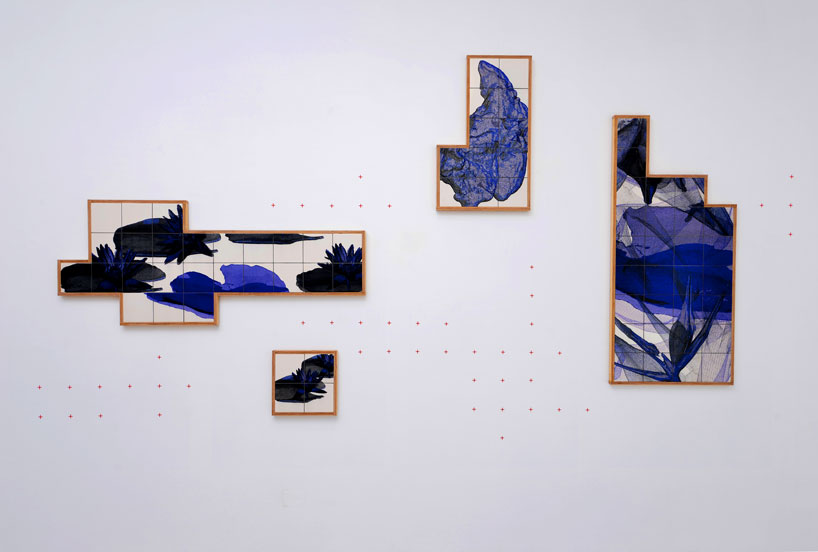
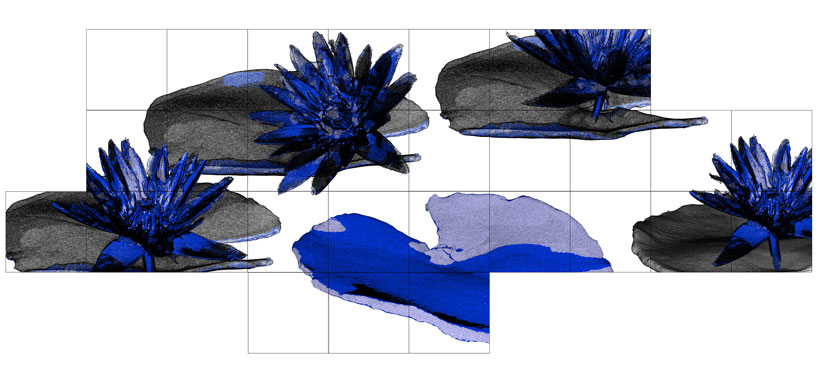
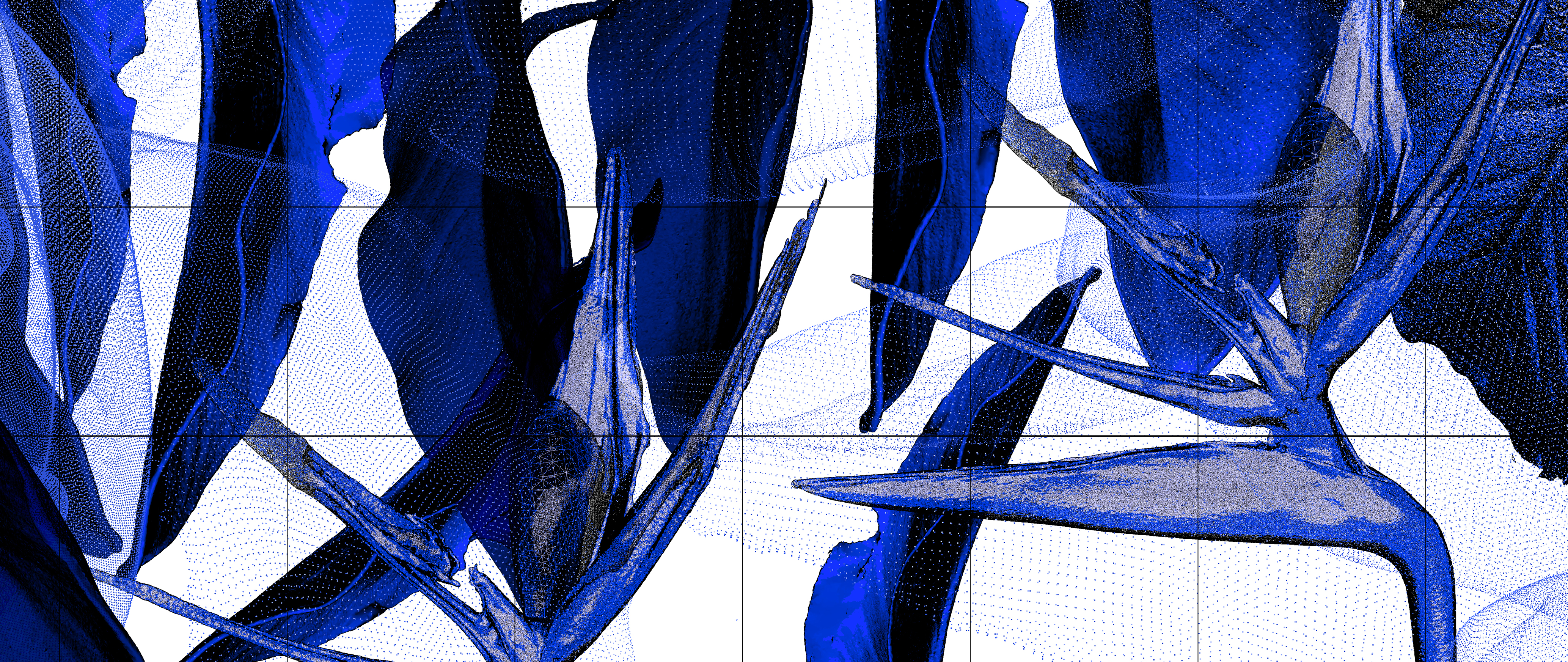
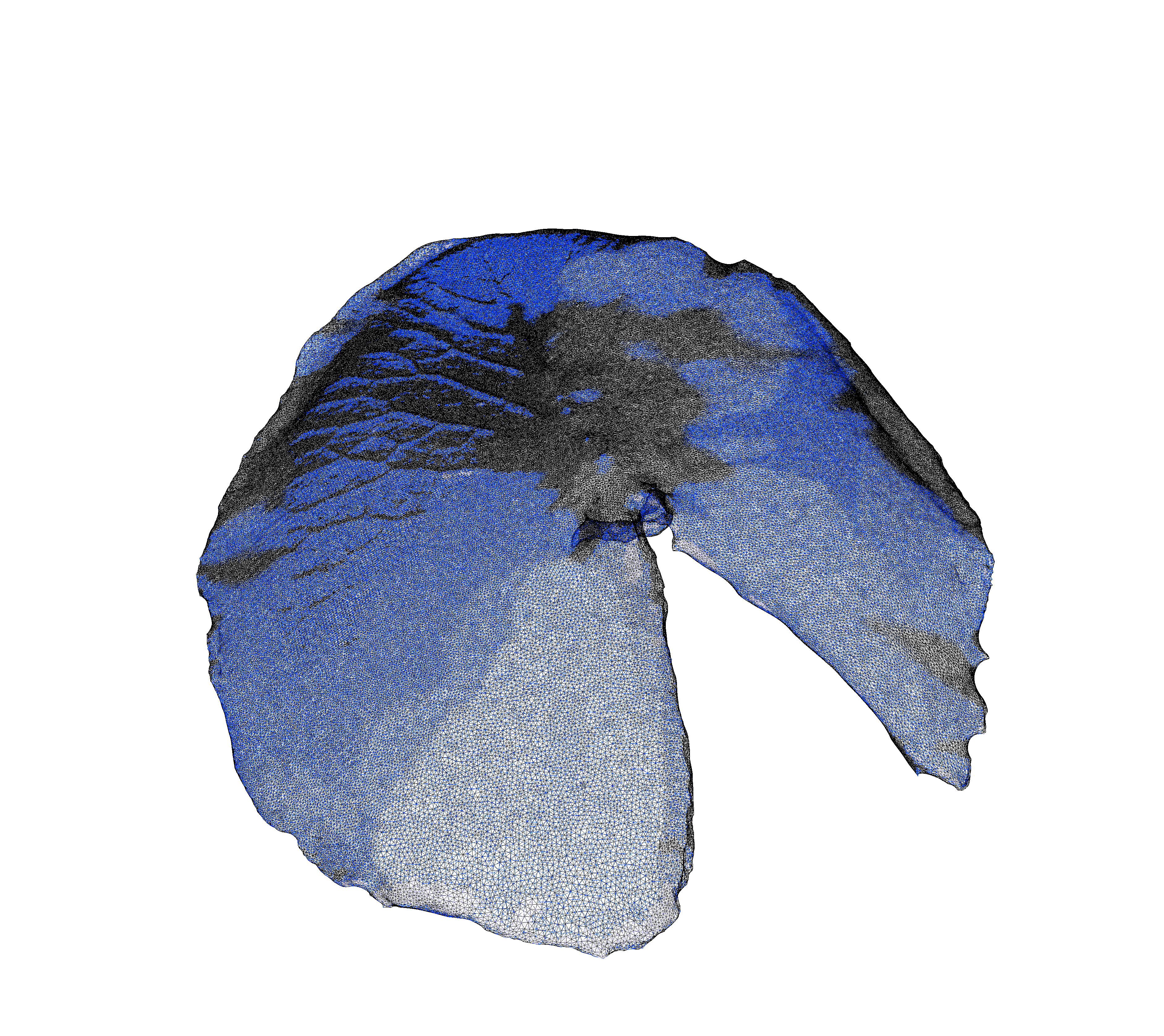
Nymphaea-X
Nymphaea-X practices the ability to imagine a future rather than predict it.
Using a fictional scenario that connects pieces of data from the present and a series of questions regarding past and future events, a speculative interpretation comes to place.
-
The year is 3020, in an archeological site at the mega-cosmopolitan Tafo a complex of plant-like objects was discovered. Scholars believe that they were formed in the post-Paleodiomic period (pre fluidic.) which began after the global floods of the 1930s and 1940s.
The objects (estimated to be about 1000 years old) made of polyamide, were kept in an unusual condition ,in relation to their age, in light of their resistance to moisture conditions. Researchers speculate that the objects are related to the worship that took place at the site during the Second Temple period in the last millennium and that they are exact replicas of the flowers - Bird of Paradise (Strelitzia reginae), Nymphaea (King of the Blues) and Iris pseudacorus.
What was the function of these objects? For what form of ritual were they used?
Is it possible to see a connection between the first tsunami waves that hit the area in 2031 and the later development of the same vegetation? Can it be assumed that these flowers were part of the beginning of symbiosis with the plant world and the green tiger epidemic?
...................................................................................................
2020
Commissioned by:
XYZT exhibition, Benyamini Center for Contemporary Ceramic, Israel
Collaborators: Computational Archaeological Laboratory, Archaeology Department, Hebrew University, Jerusalem.





